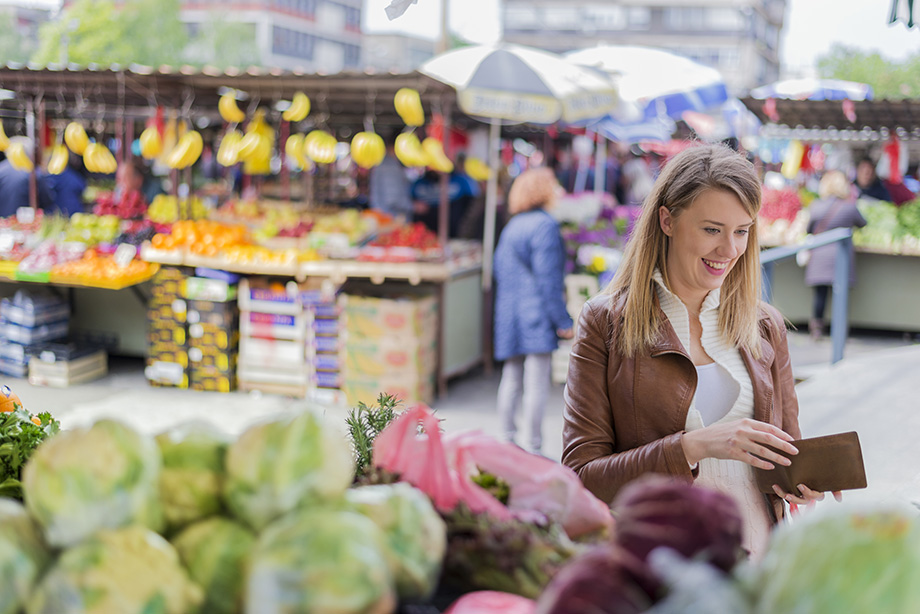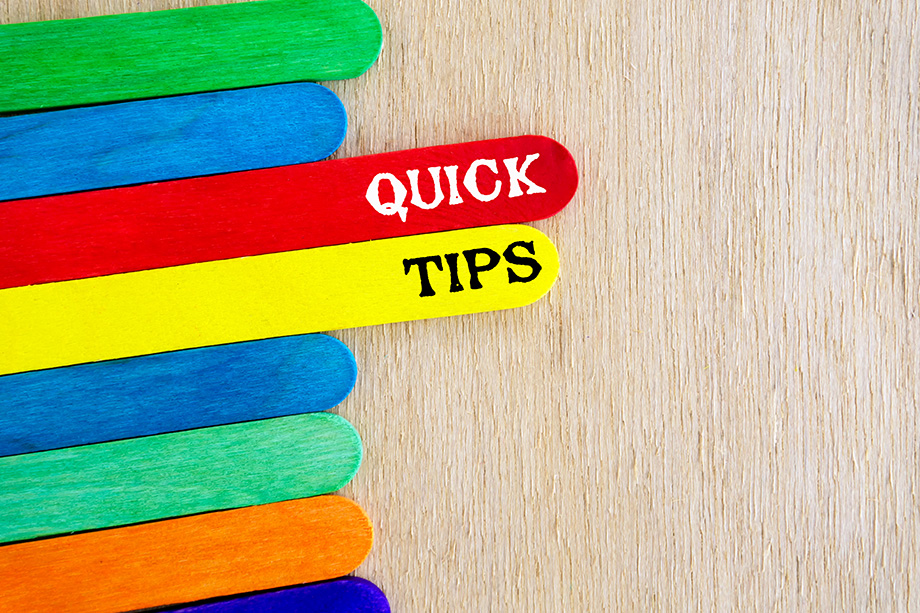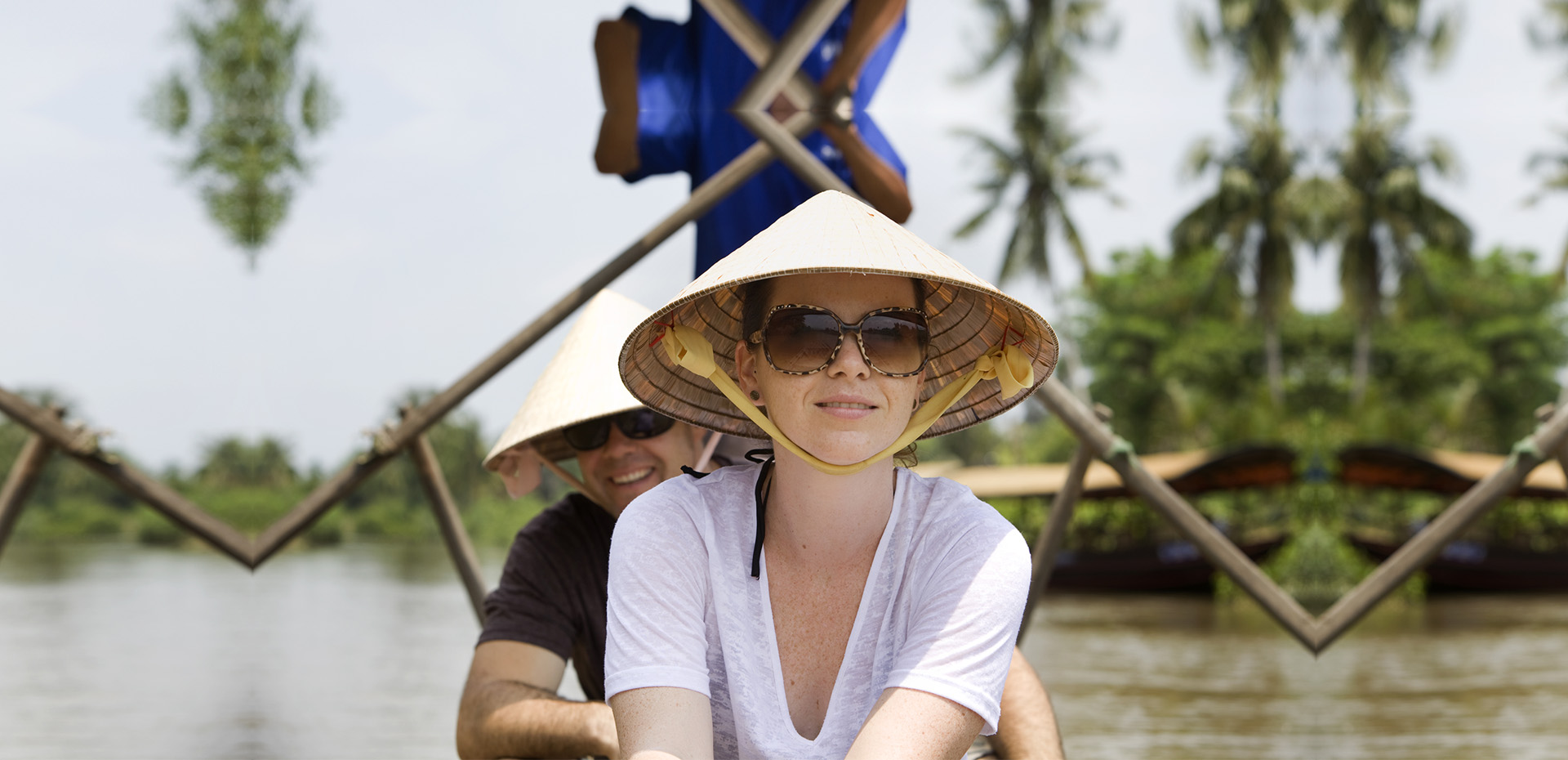Life in Vietnam

Accommodation
1. Where to stay
There are usually three main housing alternatives:
- A room in a guest house/ mini hotel.
- Shared private accommodation (House or apartment)
- Private accommodation (House or apartment)
Shared housing is relatively easy to find as is solo accommodation, although the cost will depend on factors such as location and conveniences. Please bear in mind that most landlords will require 3 or 4 months’ rent up-front, as a form of security deposit, before allowing you to move in. This means that anyone wanting to move into their own private accommodation quickly will need to arrive in Vietnam with adequate funds to do so or wait until they receive their first salary.
Apartments tend to be one or two bedrooms plus a bathroom inside and existing house. Houses are the normal Asian ‘shop houses’; long narrow and two to four floors high. The better ones have en suit bathrooms in each bedroom, but most have one shared bathroom on each floor.
Assistance can be given to you by I-CLC if the teacher feels unable to sort out their own housing arrangements. If necessary we can put you in touch with housing agents and others who can help you find appropriate accommodation.
The English language daily newspapers, Vietnam News and Thanh Nien Daily list ads placed by real estate agents advertising houses and apartments for throughout HCMC. However probably the best source of published information on rental accommodations is the Vietnamese language newspaper Mua & Ban (Buy and Sell), which is full of classified ads for various products and services. Their accommodation section lists house, apartment and room rentals by district and cost.
Many newly arrived teachers find that other teachers are a good source of information in regards to available accommodations. Some teacher may also find lodging by going to areas that they are interested in and speaking with other teachers and expats who already live in or near the area.
2. Rents and Landlords
The majority of teachers end up renting a house with other teachers in a 4 to 6 bedroom ‘shop house’. Depending on the number of rooms, the location of the house and the amenities provided (most are fully furnished) each house mate can expect to pay between $150- $250 US per month. Some teachers prefer to have their own private accommodation although this is more expensive ($300-$550 UD per month).
The majority of teacher live in District 1, the central business district of HCMC, in one of the two popular areas; the so’ called ‘expat ghetto’ bordered by Le Thanh Ton and Thai Van Lung streets and ‘the backpacker quarter’ in Pham Ngu Lao/ De Tham/ Bui Vien area. Both of these places are rife with amenities from home including bars, café’s and restaurants serving western and non-Vietnamese cuisine and so on.
If you get away from District 1, You’ll find that thing are both quitter and cheaper. The district bordering or near district 1, include Binh Thanh, District 3, 10 and 5, and Phu Nhuan District and rents are much cheaper. Saigon south (aka Nam Saigon or Phu My Hung) are new and rapidly developing areas in District 7 about 20 minutes’ drive from downtown HCMC and has a number of new apartments available for rent (from $300 US upwards per month).

Food & Drinks
1. Vietnamese Food
We don’t know anyone who hasn’t found food to love here! Vietnamese food is varied, tasty and pretty healthy. Vietnamese recipes use many vegetables, herbs and spices, including lemon grass, lime, and kaffir lime leaves. The main dish is rice noodle soup called “Pho”, often served for breakfast with either beef (“Bo”), chicken (“Ga”) or Trung (eggs) in clear beef broth. All foods can be found, with duck, pork, beef, fish and chicken commonly served in many different ways. However, the Vietnamese will also serve things that you may not be used to (such as frog, snake and even dog) but there is usually a choice that you can enjoy. Rice and noodles (steamed, fried, boiled) are the staples found in a meal.
Western food is widely available in major cities and is of very good quality although you should expect to pay significantly more for this. In smaller towns you may find little Western food. Excellent bread and coffee are widely available.
The staple of Vietnamese meals is rice, with noodles a popular alternative at breakfast or as a snack. Typically, rice will be accompanied by a fish or meat dish, a vegetable dish and soup, followed by a green tea digestive. Seafood and fish – from rivers, lakes, canals and paddy fields as well as the sea – are favoured throughout the country, either fresh or dried. The most commonly used flavourings are shallots, coriander and lemon grass. Ginger, saffron, mint, anise and a basil-type herb also feature strongly, and coconut milk gives some southern dishes a distinctive richness.
Even in the south, Vietnamese food tends not to be over-spicy; instead chilli sauces or fresh chillies are served separately. Vietnam’s most famous seasoning is the ubiquitous nuoc mam, a nutrient-packed sauce which either is added during cooking or forms the base for various dipping sauces. Nuoc mam is made by fermenting huge quantities of fish in vats of salt for between six months and a year, after which the dark brown liquid is strained and graded according to its age and flavour. Foreigners usually find the smell of the sauce pretty rank, but most soon acquire a taste for its distinctive salty-sweetness.
The use of monosodium glutamate (MSG) can be excessive, especially in northern cooking, and some people are known to react badly to the seasoning. A few restaurants in the main cities have cottoned on to the foibles of foreigners and advertise MSG-free food; elsewhere, try saying khong co my chinh (without MSG), and keep your fingers crossed. Note that what looks like salt on the table is sometimes MSG, so taste it first.
The most famous Vietnamese dish has to be spring rolls, variously known as cha gio, cha nem, nem ran or just plain nem. Various combinations of minced pork, shrimp or crab, rice vermicelli, onions, bean sprouts and an edible fungus are rolled in rice-paper wrappers, and then eaten fresh or deep-fried. In some places they’re served with a bowl of lettuce and/or mint. In addition, a southern variation has barbecued strips of pork wrapped in semi-transparent rice wrappers, along with raw ingredients such as green banana and star fruit, and then dunked in a rich peanut sauce – every bit as tasty as it sounds.
2. Drinks
Giai khat means “quench your thirst” and you’ll see the signs everywhere, on stands selling fresh juices, bottled cold drinks or outside cafés and bia hoi (draught beer) outlets. Many drinks are served with ice: tempting though it may be, the only really safe policy is to avoid ice altogether – dung bo da, cam on (“no ice, thanks”) should do the trick. That said, ice in the top hotels, bars and restaurants is generally reliable, and some people take the risk in less salubrious establishments with apparent impunity.

Transportation
1. Bus
The only form of public transport is bus. They are cheap but can be very hot and crowded. The people are helpful, but as they do not speak English you will need to make sure that you know where you are going!
2. Motorbike
The vast majority of Vietnamese adults have a motorbike and it is not uncommon to see a whole family plus various items of furniture on one motorbike! The traffic may seem daunting at first and it may seem unimaginable to you that you could ride a motorbike through the streets of Ho Chi Minh City but many expatriates find that it’s easier than it looks. You can hire a motorbike for US$50 per month. You should obtain a local motorbike licence. It is illegal to ride a motorbike without a licence and if you have an accident driving unlicensed your insurance policy would be void.
3. Taxis
Taxis are readily available and reasonably priced for transport. It varies from city to city, but a taxi ride of half an hour will be about 150,000 Dong (approximately US$ 7.50) depending on the distance travelled. The best-known taxi companies are Vinasun and Mailinh and these are always metered. Drivers rarely speak English so it is best to carry a card with your destination written on it.
4. Motorbike taxi (Xe Om)
You can also get a Xe Om or ‘motorbike taxi’. These drivers can usually be found close to most major intersections and outside main shopping areas. You negotiate a price before you set off on the back of their bike. They should provide you with a helmet but if you use this form of taxi often you may prefer to carry your own helmet around. You should check that your insurance covers you as a passenger on a motorbike.
5. Bicycle
Cycling is a good way to get around a city and bikes can be bought cheaply. Many of our rural schools give interns a bicycle to use during their stay. Always wear your helmet!

Health
1. Vaccinations
Prior to leaving coming to Vietnam, it is a good idea to visit your physician, preferably someone who specializes in travel medicine. The ideal time for this is 6-8 weeks prior to your date of departure. First of all, everyone is recommended to have the routine immunizations prior to visiting Vietnam:
• Tetanus
• MMR (measles, mumps, rubella)
• Polio
• Varicella (chickenpox)
• Influenza
Individuals of different ages and medical conditions may need to have specific vaccinations, please check with your own physician what the recommendation is for your country of residence.
Additional immunizations recommended for Vietnam include:
• Hepatitis A
• Hepatitis B
• Typhoid
• Rabies
• Japanese Encephalitis
2. Medical facilities
In rural areas there are local Vietnamese health facilities, which although basic by Western standards, nonetheless can offer an acceptable standard of care. However, in Ho Chi Minh City there are numerous international standard private clinics and hospitals with staff who speak English and offer a very good standard of care. There are also pharmacies throughout the country where you can buy medications.
3. Prescription medication
If you are bringing medication into the country you should bring your prescription with you. We can help you to check the availability of your medication in Vietnam before you come.

Entertainment
1. Enjoy Vietnam’s Nightlife
Ho Chi Minh City, having been influenced by the Americans during the war, has numerous bars in the southern part of the city. Hoi An used to be known as a quiet riverside city famous for wine and cocktails, but now also has a lively nightlife with clubs and bars.
2. Places to visit in Vietnam
There are so many spectacular places and sights in Vietnam, it is difficult to condense them into one list and you should definitely consult a travel guide before planning your trip. However, here are the top recommendations from North to South….
- Sapa: Go trekking among hilltribes and spectacular scenery.
- Halong Bay: Why not overnight on a boat and experience one of the New Seven Natural Wonders of the World.
- Hanoi: The historic city of Hanoi is the resting place of Ho Chi Minh and seat of the government. The blend of Chinese and French colonial influences makes it both beautiful and fascinating to visit.
- Hue: This UNESCO World-Heritage listed town was the ancient capital of Vietnam. Visit temples, the old citadel and take a lazy cruise down the perfume river.
- Danang: The largest city of central Vietnam combines the buzz of the big city with beach life. Its famous My Khe or ‘China beach’ is where US soldiers took their R and R during the war.
- Hoi An: This beautiful UNESCO World-Heritage listed town is famous for its tailors, handicrafts, traditional houses and nearby beach – book a hotel and they’ll usually pick you up from Danang airport.
- Nha Trang: Vietnam’s most famous seaside town.
- Dalat: Located in the South Central Highlands this market town is often described as a cross between Vietnam and the French Alps.
- Ho Chi Minh City: This bustling, vibrant city is the biggest in Vietnam. The city’s colonial villas, wide avenues and lively café society remind you of the days of French domination but over recent decades the city has experienced a dramatic modernization and the skyline is now dotted with skyscrapers.
- The Mekong Delta: This the fertile delta region in the South of Vietnam. Here you can cycle through the countryside beside lush rice paddies, visit floating markets and experience local rural life.
- Vung Tau: This southern beach city is easily reachable from Ho Chi Minh City.
- Con Dao & Phu Quoc islands: These unspoilt tropical islands are everything that you dream of. Phu Quoc is now firmly on the tourist map with many flights a day from Ho Chi Minh City. Con Dao is still undeveloped thanks to its status as national park.

Quick tips
Useful accommodation booking sites are:
• www.ivivu.com
• www.agoda.com
